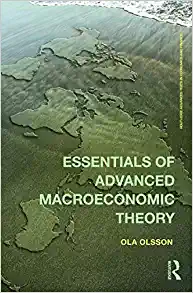Question
Two firms each have the option of polluting during production or cleaning up their production process such that they don't pollute. In the absence of
Two firms each have the option of polluting during production or cleaning up their production process such that they don't pollute. In the absence of fines, polluting is cheaper than not polluting. The profit payoffs for each of the choice combinations are shown in the decision matrix in the Figure below.
Firm B | |||
Firm B pollutes | Firm B does NOT pollute | ||
| Firm A | Firm A pollutes | Firm B earns $75, 000 profit. Firm A earns $75, 000 profit. | Firm B earns $25, 000 profit. Firm A earns $90, 000 profit. |
| Firm A does NOT pollute | Firm B earns $90,000 profit. Firm A earns $25,000 profit. | Firm B earns $25, 000 profit. Firm A earns $25, 000 profit. |
- What is the dominant strategy (i.e. a Nash equilibrium) for the two firms, in the absence of any fines? Explain briefly.
- Let us now assume that the government would like to stop pollution by charging a fine if a firm is found polluting. How large does the fine need to be to prevent a firm from polluting? Briefly explain why you chose that amount.
Step by Step Solution
There are 3 Steps involved in it
Step: 1

Get Instant Access to Expert-Tailored Solutions
See step-by-step solutions with expert insights and AI powered tools for academic success
Step: 2

Step: 3

Ace Your Homework with AI
Get the answers you need in no time with our AI-driven, step-by-step assistance
Get Started


